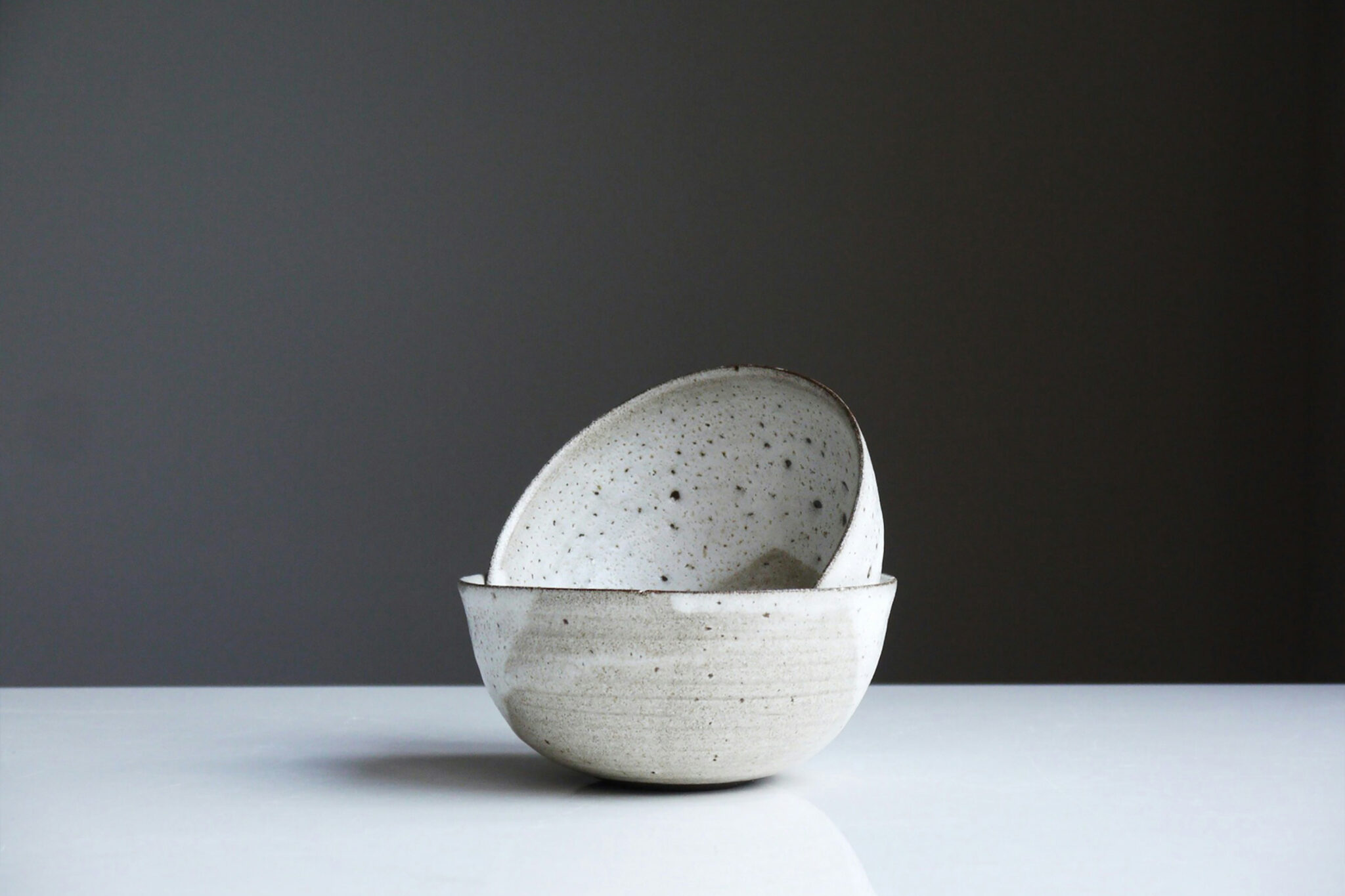Have you ever heard of the TOKYO ART BOOK FAIR (commonly known as TABF)? Held every year around October to November in Tokyo, it was the first book fair in Japan dedicated entirely to art publishing. Since its debut in 2009, it has gained popularity through word of mouth and on Instagram, growing into a major event that now features around 350 exhibitors—including publishers, art galleries, and artists from both Japan and overseas—and draws over 20,000 visitors.
At the TOKYO ART BOOK FAIR, visitors can of course find photo books and art books on display and for sale. Among the various sections, one that consistently draws special attention is “ZINE’S MATE” — an area dedicated to independently produced ZINEs.
A ZINE refers to a self-published publication, such as a magazine, photo book, or poetry collection, typically created by individuals or small groups.
The origins of ZINEs are often traced back to the 1930s, when science fiction fans began creating “fanZines.” ZINEs have a long history, and what makes ZINEs distinctive is that there are no set rules or definitions. A similar concept is the “little press” — a term for small-run publications that are often handmade and independently produced.
Since the 2010s, social media platforms like Instagram and X (formerly Twitter) became mainstream, making it easier for individuals to express their personal views openly. Perhaps as a result, ZINEs began to attract renewed interest — particularly among artists, designers, and others with a keen eye for culture.
While ZINEs may resemble magazines in form, there is a fundamental difference. Magazines are typically the product of multiple writers and editors working together on curated content. In contrast, ZINEs strongly reflect the personal thoughts and themes of their individual creators or small groups. (That said, there are certainly ZINEs that feel like magazines — and magazines that carry the spirit of ZINEs.)
Unique and Diverse ZINE Creators
One of the exhibitors at ZINE’S MATE during TOKYO ART BOOK FAIR 2024 was loneliness books, a bookstore located in Higashi-Nakano, Tokyo. The shop specializes in ZINEs and other publications focused on queer culture, gender, and feminism from across Asia.
This ZINE records a lively dialogue between several unique voices: Korea’s feminist publisher Chow Bookstore, known for producing a range of books and picture books from a feminist perspective; Masayo Furui, a cerebral palsy activist involved in various social movements; and members of Yamanba, a feminist handicraft collective.
“MORIMICHI ZINE’S FAIR” is a ZINE event held as part of Mori, Michi, Ichiba — a festival themed as “a market of goods, food, and music.” Taking place in the Mikawa region of Aichi Prefecture, this three-day early-summer event offers visitors the chance to enjoy high-quality music, delicious local cuisine, and a wide selection of ZINEs.
Among the participants is VOYAGE KIDS, an Osaka-based shop that runs a traveling art bookshop across Japan, selling artist goods and pop-up publications. They curate and publish work by both domestic and international artists whose creative practices span art, music, and fashion — all rooted in street expression.
A ZINE with a title that grabs your attention. True to its name, it’s a photo book filled with countless images of manhole covers that are just a little off-center. You might find yourself thinking, “Ahhh… I want to nudge it back into place!”
Doki Doki Club is another artist who creates ZINEs from a unique perspective. Their works have been exhibited at art fairs and events in Japan and abroad, always standing out with their original and quirky take on the world.
Their works include Sun Visor Grandma, a photo series of middle-aged women wearing visors pulled low over their faces; The Shock, which adds quick-witted captions to ordinary scenes; and Perfect Timing, featuring photos snapped at hilariously precise moments — and that’s just the beginning.
Unlike art books — which tend to be beautifully bound and printed (and priced accordingly) — ZINEs are more casual and affordable. That accessibility makes them easy to pick up as unique goods by your favorite artists and writers.
Try Making a ZINE
After exploring so many unique and entertaining ZINEs, some readers might be thinking, “Maybe I could make one too!” If that sounds like you, here’s a great place to start.
MOUNT ZINE is a ZINE project open to everyone. They organize events in Japan and abroad, operate a dedicated ZINE shop, and run their own ZINE school. After learning how to make a ZINE, even beginners can get production support and advice, and have the chance to showcase and sell their work at regular ZINE events.
If you already feel confident with editing and production, why not try printing your own ZINE?
The printing company Sanko-sha offers a special “ZINE (Art Book) Printing” plan. Their professional staff will work with you to find the best options to match your creative vision and budget — from paper types to binding methods — helping you create a one-of-a-kind ZINE with ease.
For those who want an even more casual option, convenience store printing is a handy solution. Just upload your data using a designated app or website, and you can instantly print and bind your ZINE at the store. If you share the reservation number on social media, anyone across Japan can print it too — no need to participate in a ZINE fair to get your work out into the world. (The printing fee is paid by the person who prints it.)
ZINEs offer opportunities to encounter intriguing perspectives and unique creations. The author of this article has also made and sold ZINEs before — and there’s a special kind of joy in completing one or seeing it sell. By joining a ZINE fair, you can also meet creators of a similar generation who are making ZINEs just like you. Whether you’re a viewer or a maker, ZINEs are a space where both sides can have fun.



